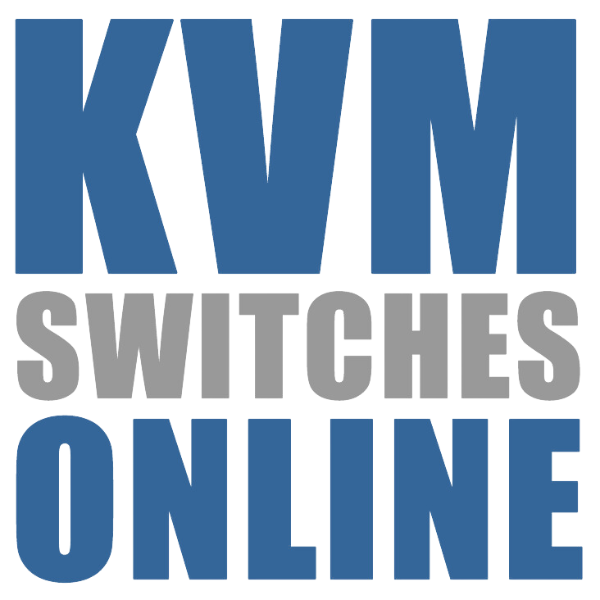Top Ten Things to Consider When Choosing a CAT5 KVM Switch
What are the goals of your project? This question is pivotal in deciding which KVM management approach is best for you. Reviewing your project requirements with a DirectNET sales engineer can help you chart the proper course. Below are some questions to consider that will help you prepare for this conversation.
1. What is the maximum possible distance that can be spanned between a user and a server with a CAT5 KVM switch?
Higher-end analog CAT5 KVM switches allow a user and a server to be up to 1,000 feet apart. This distance is affected by resolution and environmental factors, such as electromagnetic interference.
2. Do CAT5 KVM switches provide audio support?
Yes. Although audio is generally not supported, audio is supported in certain models. An example of one model that supports audio is the broadcast-focused AMX from Avocent.
3. What peripherals (user console) do CAT5 KVM switches support?
While some CAT5 KVM switches will only support PS2 mouse/keyboard and VGA monitors as user peripherals on the KVM switch, other CAT5 KVM switches will support additional current forms of peripheral connections. If you require USB, SUN, Mac, DVI, or other peripherals, please check with a 42U sales engineer before ordering.
4. Do CAT5 KVM switches cost more than non-CAT5 KVM switches?
Yes. When equivalent CAT5 and standard KVM switches are compared, CAT5 versions usually cost a bit more. In addition, required hardware such as dongles, which replace older style 3-in-1 KVM cables, can cost $59-$275 per unit. The main benefits of these dongles are server keep-alive functionality and the ability to use flexible CAT5 cables instead of fixed-length cables.
5. Why should I upgrade to CAT5 KVM switches?
Although a greater up-front investment may be required, CAT5 KVM switches dramatically reduce desktop and server rack cable clutter and allow users and computers to be situated farther apart than they could be using standard KVM cables. CAT5 switches also scale much larger on both the user and system sides, providing additional flexibility as your organization grows.
6. Can CAT5 KVM switches connect to DVI-D monitors?
Yes, CAT5 KVM switches are able to connect to DVI monitors without converters.
7. Can I attach RS-232 or serial-based network appliances to CAT5 KVM switches?
Yes. CAT5 KVM switches can connect to serial or ASCII-based systems through use of a different type of dongle. For example, to manage a network switch with the Raritan Paragon II, attach it to an AUATC terminal emulation device. The AUATC will convert the network switch console session to data output suitable for display on standard KVM peripherals.
8. Can CAT5 KVM switches be used with touch-screen monitors?
Yes, certain units will support the transmission of serial signals that can be used for touch screen functionality.
9. Should data center administrators be concerned about the size of dongles and the space they occupy in the rear of a cabinet?
Yes. Compared to large KVM cables, the compact size of dongles makes them relatively easy to maneuver into racks. However, connected dongles extend about an inch beyond the VGA port of the target computer. Some KVM manufacturers distribute a direct-connect dongle, which is larger than a standard dongle, extends further, and may need further adjustment to accommodate cable management arms.
10. Will CAT5 KVM Switches communicate with CAT5/5e/6/7?
Yes. Most CAT5 KVMs will only communicate with CAT5 and CAT6. However, as an example, the Minicom DX will operate with CAT5, 6, and 7.




